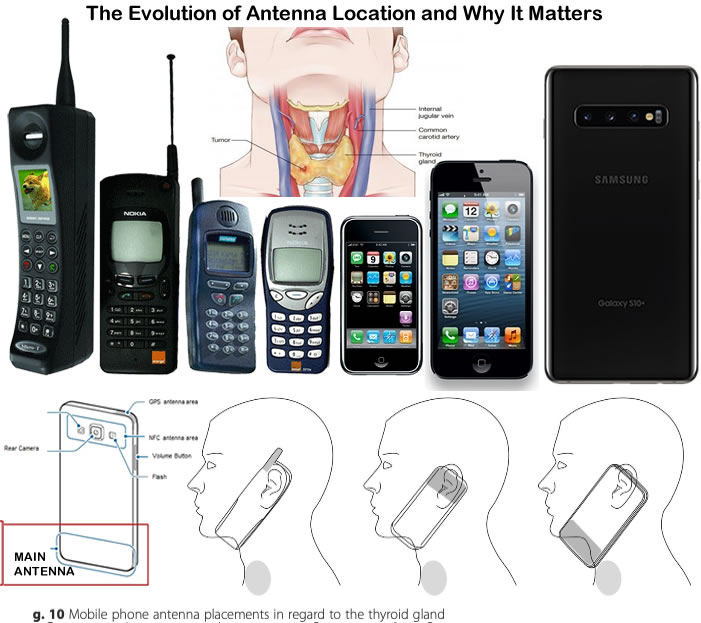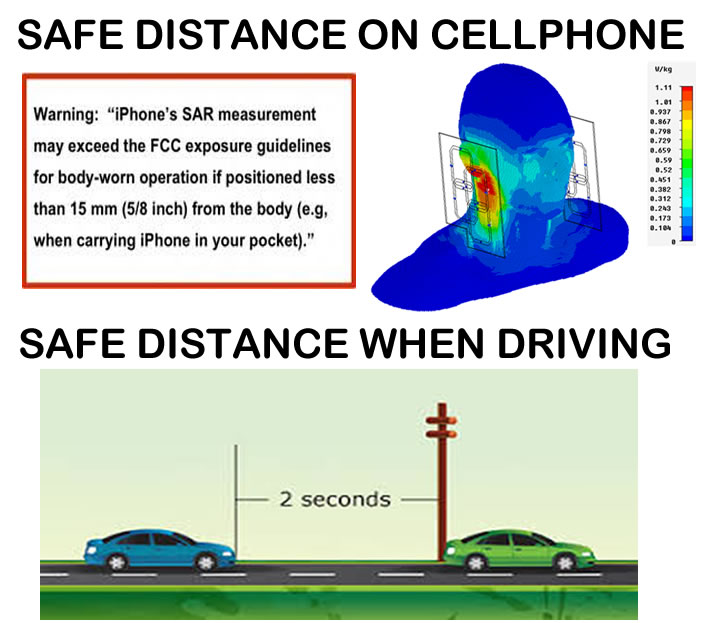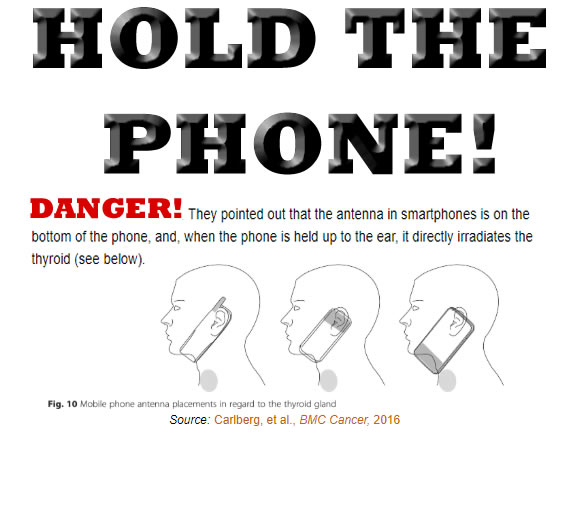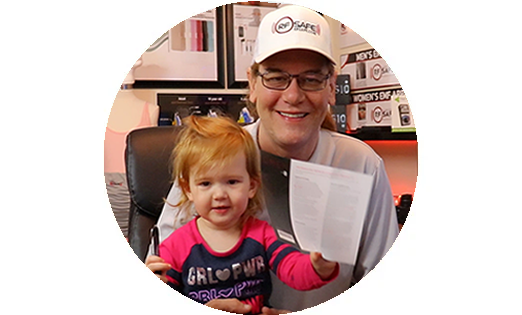This is another in a series of videos that will address questions submitted to RF Safe by Email.
One of the most common questions we receive goes something like this: I want to buy the safest cell phone. Which one has the lowest SAR level?
List of Lowest to Highest Head SAR Phone Radiation Levels
We are very happy to see so many people wanting to do the right thing and protect themselves from excessive cell phone radiation. That’s why we’re here, and why you’ll always get the truth from RF Safe.
The truth about which phone is the safest is that there isn’t any such thing as a safe cell phone. We know this to be true because of the way cell phones are tested. SAR levels are truly meaningless when it comes to real-world usage.
Here are some direct quotes from the FCC website on why you can’t rely on SAR levels for comparison purposes:
” Many people mistakenly assume that using a cell phone with a lower reported SAR value necessarily decreases a user’s exposure to RF emissions, or is somehow “safer” than using a cell phone with a high SAR value. While SAR values are an important tool in judging the maximum possible exposure to RF energy from a particular model of cell phone, a single SAR value does not provide sufficient information about the amount of RF exposure under typical usage conditions to reliably compare individual cell phone models. Rather, the SAR values collected by the FCC are intended only to ensure that the cell phone does not exceed the FCC’s maximum permissible exposure levels even when operating in conditions which result in the device’s highest possible – but not its typical – RF energy absorption for a user.”
“The SAR value used for FCC approval does not account for the multitude of measurements taken during the testing. Moreover, cell phones constantly vary their power to operate at the minimum power necessary for communications; operation at maximum power occurs infrequently. Consequently, cell phones cannot be reliably compared for their overall exposure characteristics on the basis of a single SAR value for several reasons (each of these examples is based on a reported SAR value for cell phone A that is higher than that for cell phone B):
- Cell phone A might have one measurement that was higher than any single measurement for cell phone B. Cell phone A would, therefore, have a higher reported SAR value than cell phone B, even if cell phone B has higher measurements than A in most other locations and/or usage configurations. In such a case, a user generally would receive more RF energy overall from cell phone B.
- Cell phone A might communicate more efficiently than cell phone B, so that it operates at lower power than cell phone B would under comparable conditions. Consequently, a user would receive more RF energy overall from cell phone B.
- The highest value from cell phone A might come from a position which the user seldom or never employs to hold a phone, whereas that user might usually hold a phone in the position that resulted in the highest value for cell phone B. Therefore, the user would receive the highest RF exposure that cell phone B delivers but would not receive the highest RF exposure that cell phone A delivers.”
It seems that although the FCC’s 20-year-old standards are still being upheld, they have an entire page dedicated to explaining why they can’t be used for trying to find a safer cell phone. It is not possible when using these numbers, and the FCC admits it.
We’ve also posted videos and articles to our site explaining SAR testing in detail already, so be sure to check them out if you’d like to learn more.
When all is said and done, a lower SAR phone is no safer for you than a lower-tar cigarette. Both are still just as deadly, because it’s the accumulated exposure that may wind up getting you in the end.
Keeping yourself safe from excessive radiation exposure involves using a system of protection. And the first part of utilizing that system is understanding your phone and knowing that no single phone accessory will keep you safe on it’s own, so you need to use a system of safety. For example, knowing where the radiation is most intense is paramount. The part of your phone responsible for emitting radiation is the antenna, so it’s important to know where the antenna is in order begin to use your phone more safely.

In the old days, cell phones had a visible antenna that you needed to pull up in order to have a good connection, so it was easy to know where the antenna was. Nowadays, all cell phone antennas are internal, and it is more difficult to know exactly where the antenna is located.
Most newer phone models have the cellular antenna on the bottom, like this Galaxy S10. Apple antenna designs are different, and I’ll make a video on this soon.
Its of utmost importance that you are aware of your phone’s antenna location because when it comes to keeping yourself safe from excessive radiation, distance is your very best friend. When driving your car, the more distance you put between yourself and the car ahead of you, the safer you will be. It works the same way when using your cell phone. Distance is the most critical factor for safety.

Take this phone, for example. The antenna is on the bottom, and the best way to protect yourself is to use the speakerphone while holding your phone upside down, that’s right, I said upside down! This way, the antenna is at the top and facing away from you and not aimed directly at you or your thyroid. Thus, the majority of the radiation is traveling away from you. This also keeps your hand from obstructing the antenna as well.

This is but one example of many that help to limit your exposure to dangerous cell phone radiation. I will be posting more videos soon exploring many other ways in which you can minimize your exposure.
In the meantime, do yourself a favor and really get to know your phone. Find out where the antenna is located, to begin with. Do your homework. RF Safe is a great place to begin your education on RF Safety! Your phone is a dangerous device, just like your car, and understanding how to properly use it could literally save your life! And aren’t you worth the effort?
BE RF SAFE TO BE SURE!








